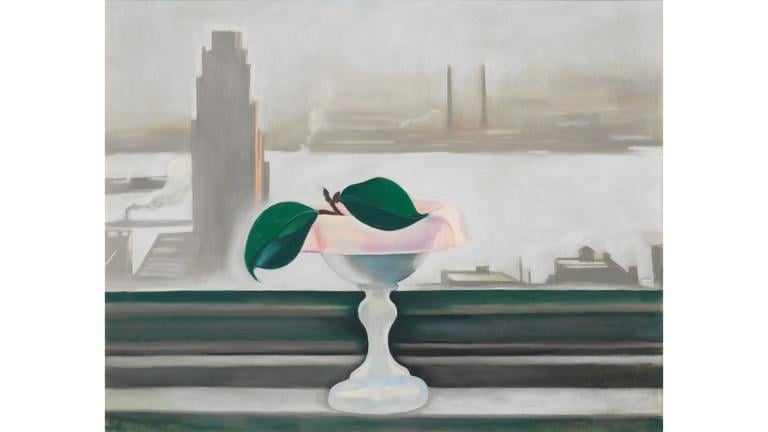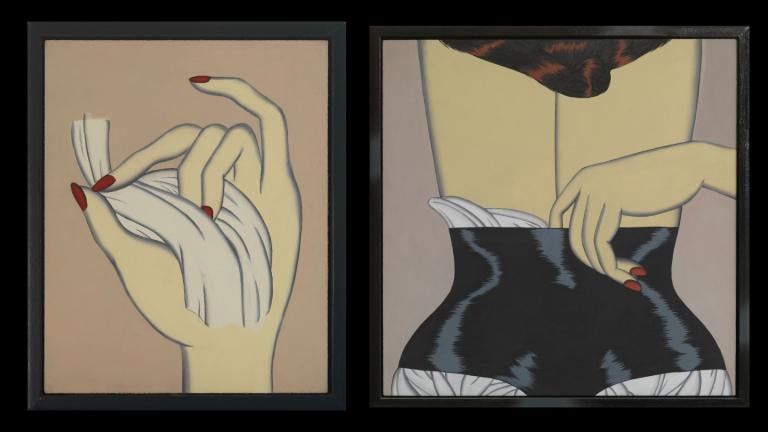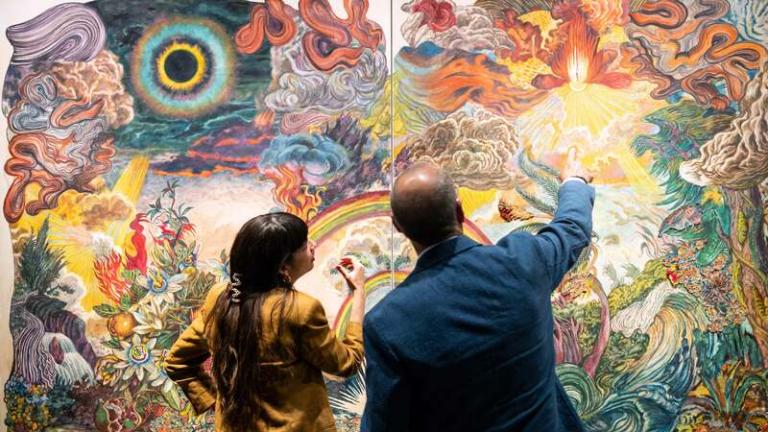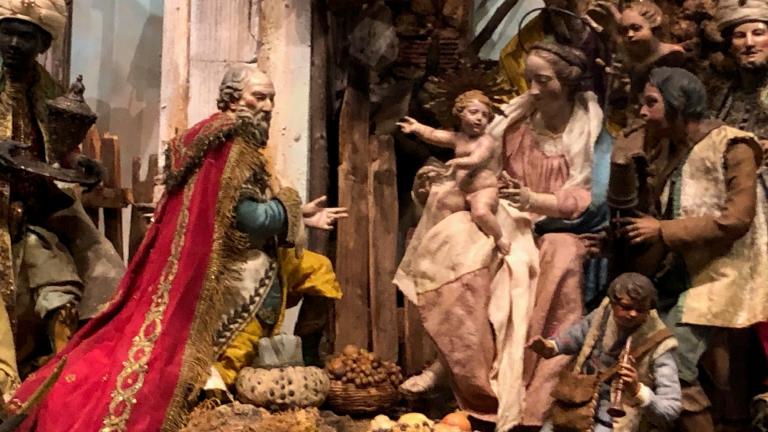Back in 1890, the Art Institute of Chicago began collecting Egyptian art. Much of it has been out of view for years, but the museum spruced up the collection and is about to unveil it in a new gallery.
TRANSCRIPT
Marc Vitali: A close look reveals details made by artisans thousands of years ago.
Artifacts include tiny amulets, a sarcophagus, painted coffins and depictions of animals, people, and gods.
Ashley Arico, Curator: It was really exciting to be able to get the collection on view again for the first time in 10 years. We spent a lot of time over the last several years researching the individual objects, conserving them, and treating them so that they’ll be vibrant again in the gallery and really thinking through the stories that the objects can tell.
Vitali: Many stories deal with everyday life – here, ducks and waterfowl are harvested for food.
Other images depict the afterlife and reincarnation.
Arico: The works in the gallery cover about 3,000 years of ancient Egyptian history.
Behind me you’ll see a wonderful funerary mask that has a gilded face, and this would have been an object that would have been placed over the head of a mummified individual to give them protection in the afterlife.
Vitali: There are no mummies on display, although this colorful casket still contains mummified remains.
Arico: Egyptian art is so imbued with symbolism. They loved packing their art with a lot of information, so one symbol that you’ll see frequently throughout the gallery is the lotus flower.
They saw this as a symbol for regeneration and rebirth.
So you’ll see images of the lotus in jewelry but you’ll also see lovely images of women sniffing flowers as a symbol of their hope to be reborn in the next world.
Generally speaking, being an artist in ancient Egypt was a family tradition, so like most jobs, positions were passed from father to son and people were trained in a tradition from a young age. Artists often worked in teams, especially when decorating things like tombs or temples.
Here in Chicago we’re lucky to have three collections of ancient Egyptian material in museums — the Oriental Institute, the Field Museum and ours. But the Art Institute was actually the first to start collecting ancient Egyptian art. Our first true artifact came to us in 1890, and that was from a woman named Amelia Edwards who was a cofounder of a British archeological organization known as the Egypt Exploration Fund.
So most of the works you’ll see in the gallery have been in the museum since the late 19th and early 20th centuries.
Vitali: That includes a 4,000-year-old drawing — the oldest drawing in the museum’s collection – and a richly decorated coffin that hasn’t been shown in a gallery in 80 years.
Arico: Being an Egyptologist is such a fun field to be in. I think part of it is the antiquity of the culture. We’re looking at things that were produced 5,000 years ago in some cases. And of course, just the beauty of the works they created and the vibrancy of their culture.
The exhibition is called “Life and Afterlife in Ancient Egypt.” It opens tomorrow at the Art Institute of Chicago.








